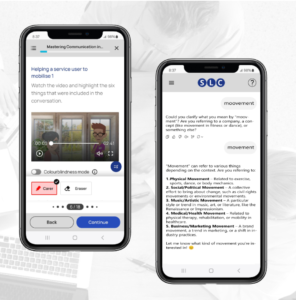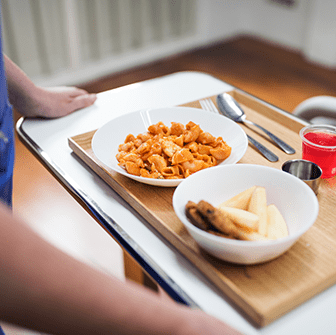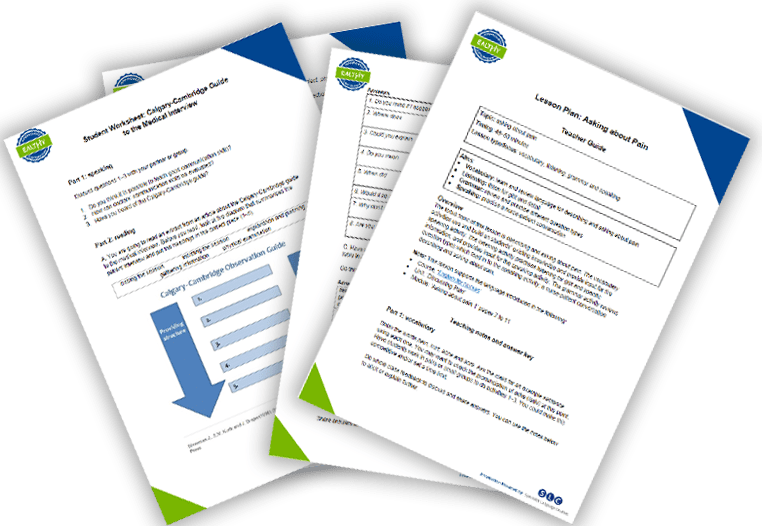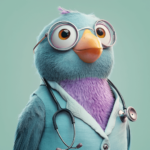
SLC win Ufi grant to develop AI language learning app for social carers
We’re delighted to have won a grant from Ufi VocTech Trust to develop an AI-driven technology solution that provides cheap phone-based language and communication skills

This lesson teaches the language used when assisting patients at mealtimes. It includes speaking, vocabulary, listening and reading activities.
A2-B1 level
● Topic: feeding patients
● Timing: 30-60 minutes
● Lesson Type/Focus: speaking, vocabulary, listening and reading
● Speaking: discuss feeding patient, practise a mealtime conversation
● Reading: read for specific information
● Vocabulary: learn and review language for discussing a patient’s food and fluid intake
● Writing: listen for gist and detail
The focus of this lesson is assisting patients at mealtimes. The vocabulary activity introduces/reviews items which a carer may use to help a patient who has difficulty feeding themselves. The reading activity contextualises some of this language and practises reading for specific information. The listening activity practises listening for gist and specific information and provides a model for the final speaking activity.
Note: This lesson supports the language introduced in the following:
● Course: English for Care: delivering outstanding care
● Unit: Eating and Drinking
● Module: ‘Activities of Daily Living: helping with mealtimes’ pages 9 to 12
Put students into pairs or small groups and ask them to discuss questions 1 and 2 on the student worksheet. Encourage them to share examples from their own experience.
Do whole class feedback to discuss and share answers.
1.Why do you think that the carer is feeding the patient?
2. When carers feed patients, what are some of the things they should do?
Download the complete lesson plan and student worksheet:

We have many more available on our partner’s website. EALTHY is a unique international association for
English for Healthcare teachers, writers and researchers. It offers members a growing bank of lesson plans, OET resources, articles and research summaries, as well as free and discounted access to conferences, journals, publications and SLC courses!
Through our partnership, we publish at least three new plans in the EALTHY Members Area every week. So, if you’re a teacher looking for excellent resources, now is the time to join an international English for Healthcare community and take advantage of everything EALTHY has to offer.
Annual memberships are available for teachers and for institutions. We hope very much to see you there!
Get your monthly updates and latest materials on Medical English

We’re delighted to have won a grant from Ufi VocTech Trust to develop an AI-driven technology solution that provides cheap phone-based language and communication skills

We’re delighted to announce a partnership with leading Medical English app, Doxa.
